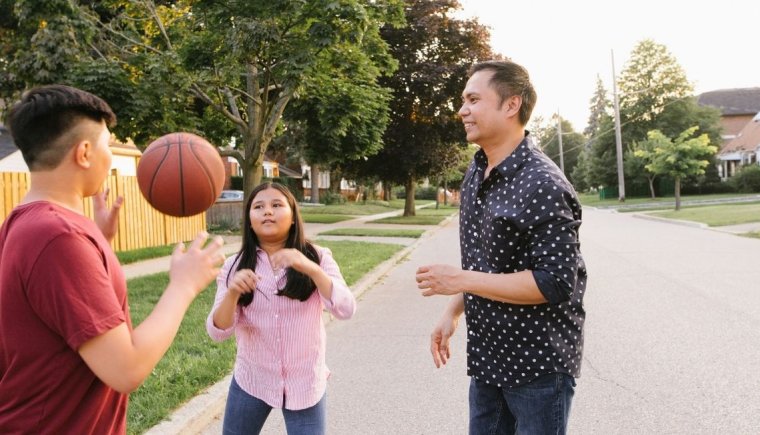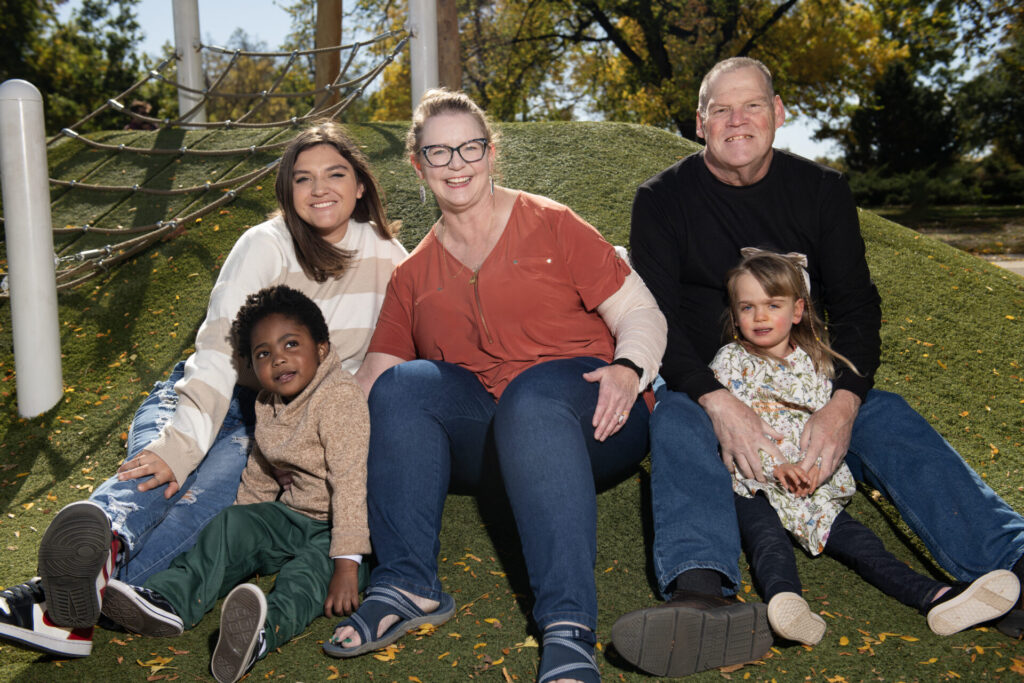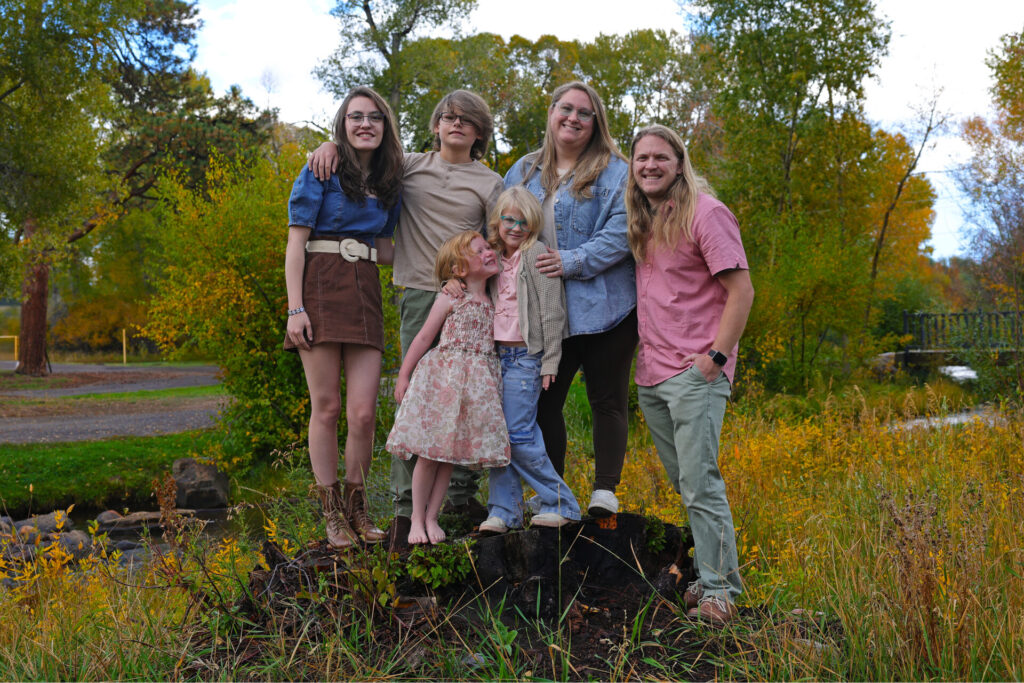How foster parents can support reunification

Whenever possible, caseworkers try to ensure the safety of the children and youth in their own home by connecting parents and caregivers with support and services. If that is not possible, kinship and foster families provide the safety, stability and care that children and youth need while their parents take time to learn new skills and address safety concerns. The intent of foster care is to safely reunify children and youth with their families.
“We always talk about the importance of biological family. We want foster parents always to be mindful of the importance of those relationships and try to maintain them as best they can, even if reunification isn’t successful,” said Charmaine Summers, Human Services Manager at the La Plata County Department of Human Services.
Prospective foster parents learn about the goal of reunification before they begin the process of becoming foster parents with La Plata County DHS. New foster parents learn about the importance of birth families and maintaining relationships with biological families during their core training through the National Training and Development Curriculum (NTDC) for Foster and Adoptive Parents. La Plata County is part of a statewide pilot program with the Colorado Department of Human Services and the NTDC to develop and evaluate a state-of-the-art foster and adoptive parent training program.
“We really do this great exercise displaying that the adult biological mom that you’re seeing in front of you used to be that child that’s now placed in your home. Just like you would not have these unrealistic expectations of their child placed in your home, you would want to protect her and have love and empathy for that parent who, not so long ago, was that very child,” said Charmaine of the curriculum they use. “This is hard stuff we deal with, it’s not black and white.”
The training foster parents receive through the NDTC curriculum also emphasizes the importance of helping children and youth maintain their connection to their biological family. It’s important for foster parents to be mindful of the language they use as well as their eye contact and body language, Charmaine says, and to work toward preparing children and youth to go home.
“The child’s going to have incredible loyalty to their parents. It’s important not to speak negatively about biological parents. Have some honest conversations, but frame it in a respectful manner,” said Charmaine. “Foster parents are an integral part of maintaining the child’s relationship with their birth parents and allowing them to still love their parents, so when ultimately they do end up going home they’re excited about it and they’re encouraged by their foster parents to be excited about it.”
Charmaine sees the role of the foster parent as someone who can help children and youth process some of the really tough things they have experienced with their birth parents and help them feel confident that they can have a successful reunification. Charmaine also discussed the importance of communicating with biological parents about what is going on with the child or youth, so everyone has the same information and misunderstandings don’t occur. In addition to an opening icebreaker meeting, Charmaine says that ongoing communication and continued check-in meetings with resource workers present helps maintain an emotional connection between foster and birth parents.
“A lot of times we have both sets of parents crying by the end of the icebreaker. If foster parents can connect with biological parents on a regular basis, then they can get an understanding of any delays or difficulties the birth parents may have with everything that’s on their treatment plan. …It helps the foster parents understand that this birth parent may be doing the very best they can with everything that they’ve experienced,” said Charmaine.
In addition to ongoing meetings, Charmaine also recommends that foster and biological parents keep a journal that they pass back and forth at visits, appointments and other meetings. The journals help parents catch up on their child’s day-to-day activities, such as their feeding routine, school activities they enjoy and artwork. In La Plata county, biological parents, professionals and foster parents all attend important appointments with the child, so these are also good opportunities for the foster and birth parents to connect face to face.
“It’s really important for foster parents to let the birth family know that they are a support and that they are just caring for their kids while they’re able to work through some issues and get some things back on track. That message is important for foster parents to be able to communicate to the birth parents,” said Charmaine.
Although LaPlata County encourages foster parents to reach out and connect with biological families as much as they feel comfortable, Charmaine also encourages foster parents to check with the department first to make sure everyone is working together as a team.
“Essentially we’re also getting to know the biological parents. [The Department is] building a relationship, so we may not necessarily know all the safety issues upfront and that’s why communication is so important,” said Charmaine. “There will be times that we’ll say, ‘It’s great that you’re willing to be so open, but not yet.’”
When a child or youth is ready to transition back home, there is typically a six-week transition plan that is thoughtfully planned out by the team of professionals and communicated to everyone involved so the expectations are clear. Many times foster parents can ease the transition home by offering to be a resource to the family after reunification.
“[The Department} recognizes it’s going to take effort on our part to continue to keep that connection between biological and foster parents. When transition and reunification happens, we want foster parents to be supportive and invested in the process. Without their help and support, reunification efforts aren’t as successful,” said Charmaine.
More Posts







